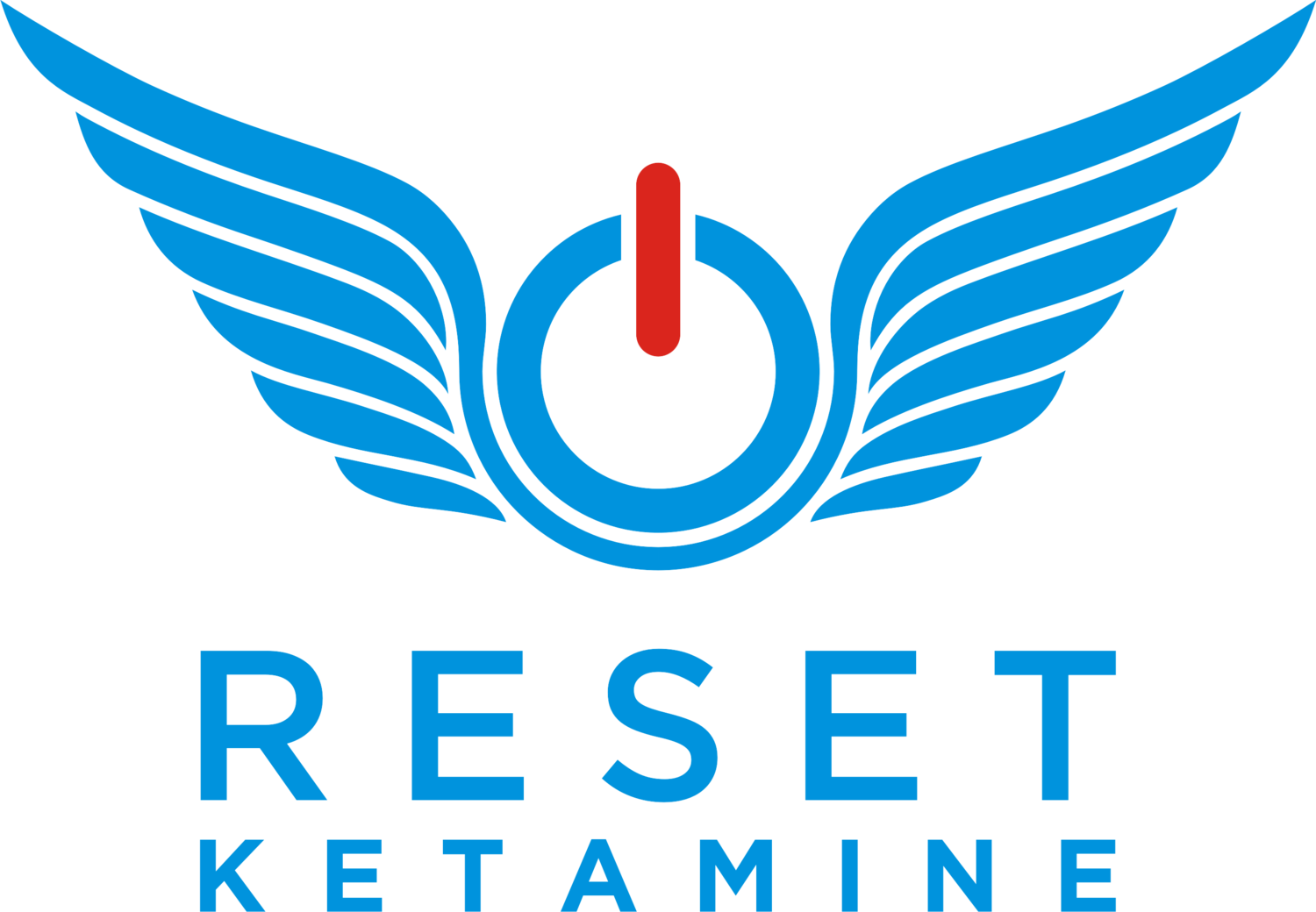Ketamine was first synthesized in the 1960’s for use as a general anesthetic. It’s been traditionally used in the operating room and emergency departments for sedation and pain control. Ketamine has a colorful history and is known to be used in veterinary medicine as a “horse tranquilizer” and even a recreational club drug of abuse. However, ketamine is the most common medicine used worldwide for sedation and the World Health Organization (WHO) places ketamine in it’s List of Essential Medicines.
Recently, there has been an upward trend of more ketamine clinics opening up in the United States. Ketamine clinics are on the cutting edge of medicine and represent a paradigm shift in the treatment of depression depression, anxiety, OCD, PTSD, as well as various forms of chronic pain. Because of ketamine’s history, there may be some confusion about it’s legal status when used “off-label.” To answer it simply, yes, ketamine clinics are legal.







